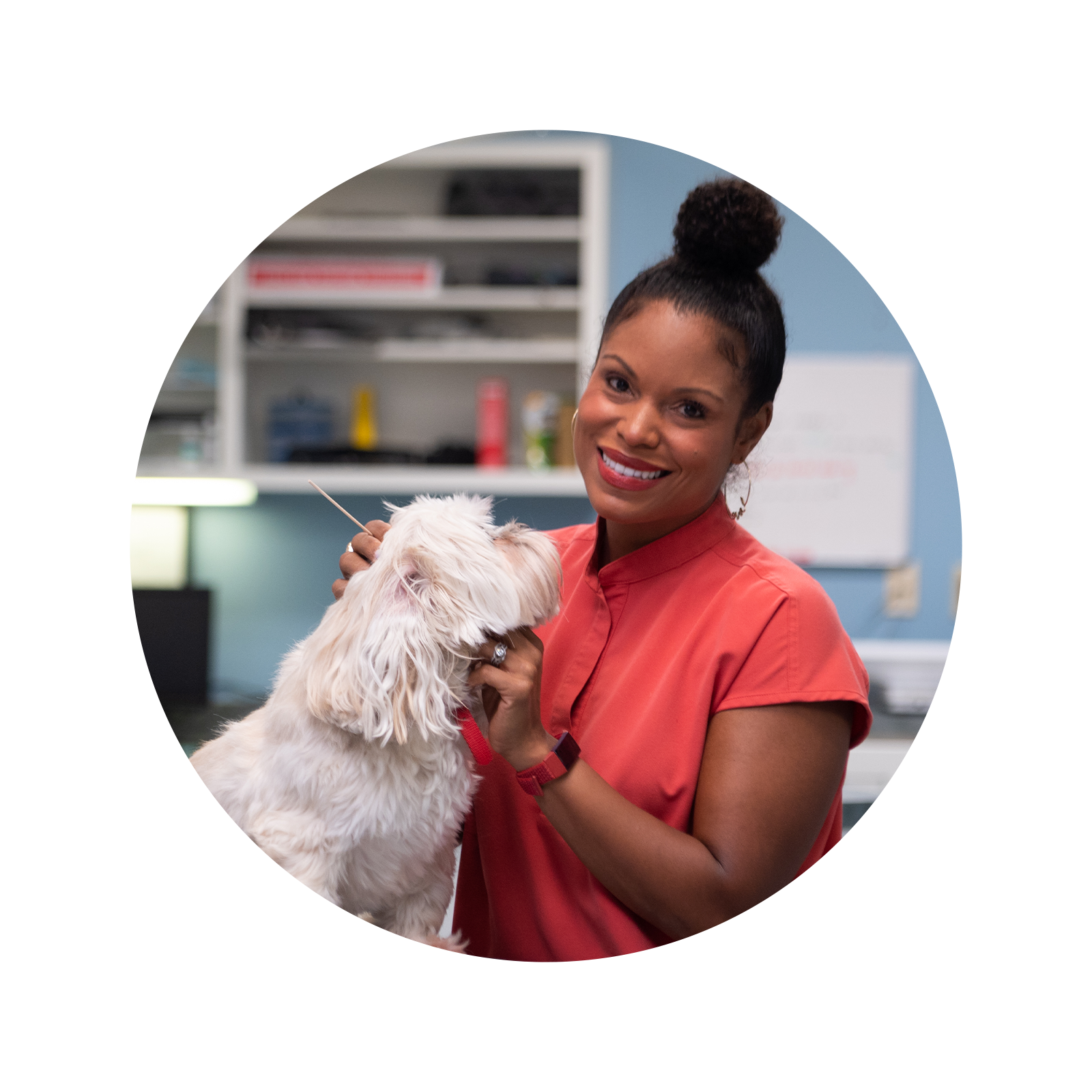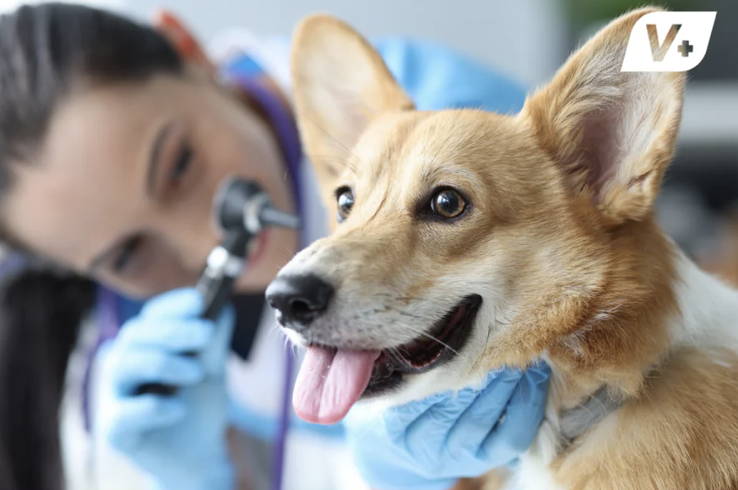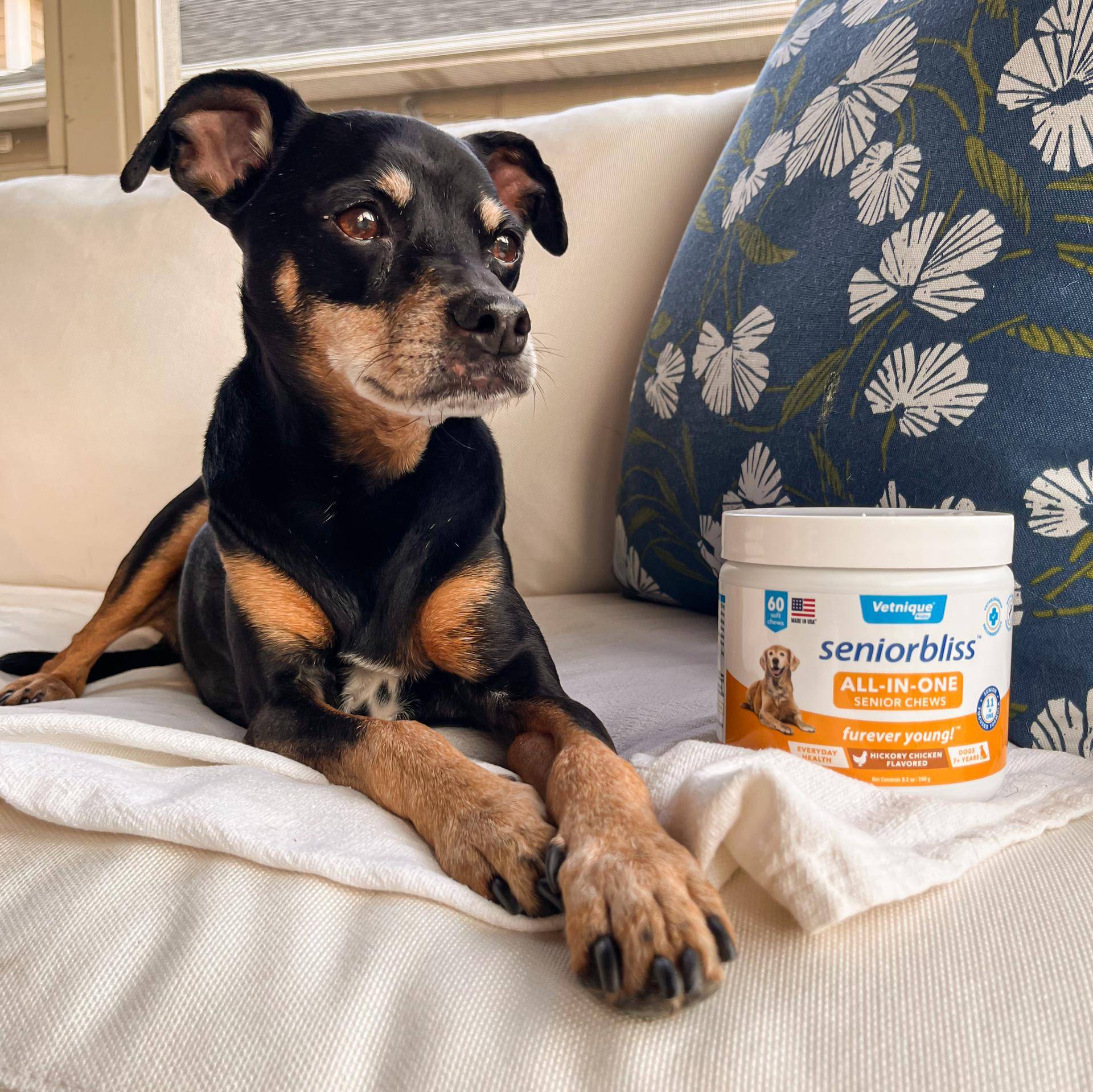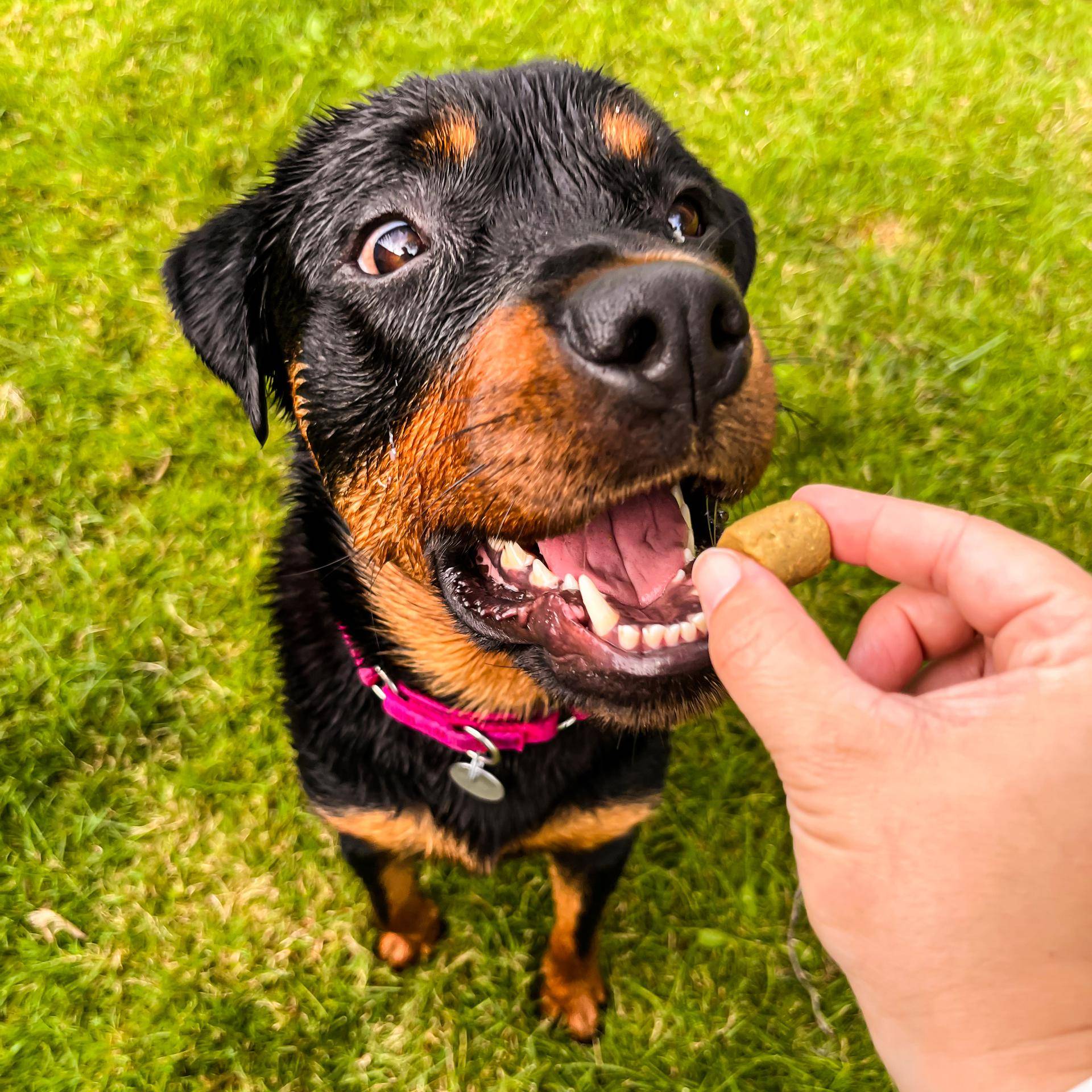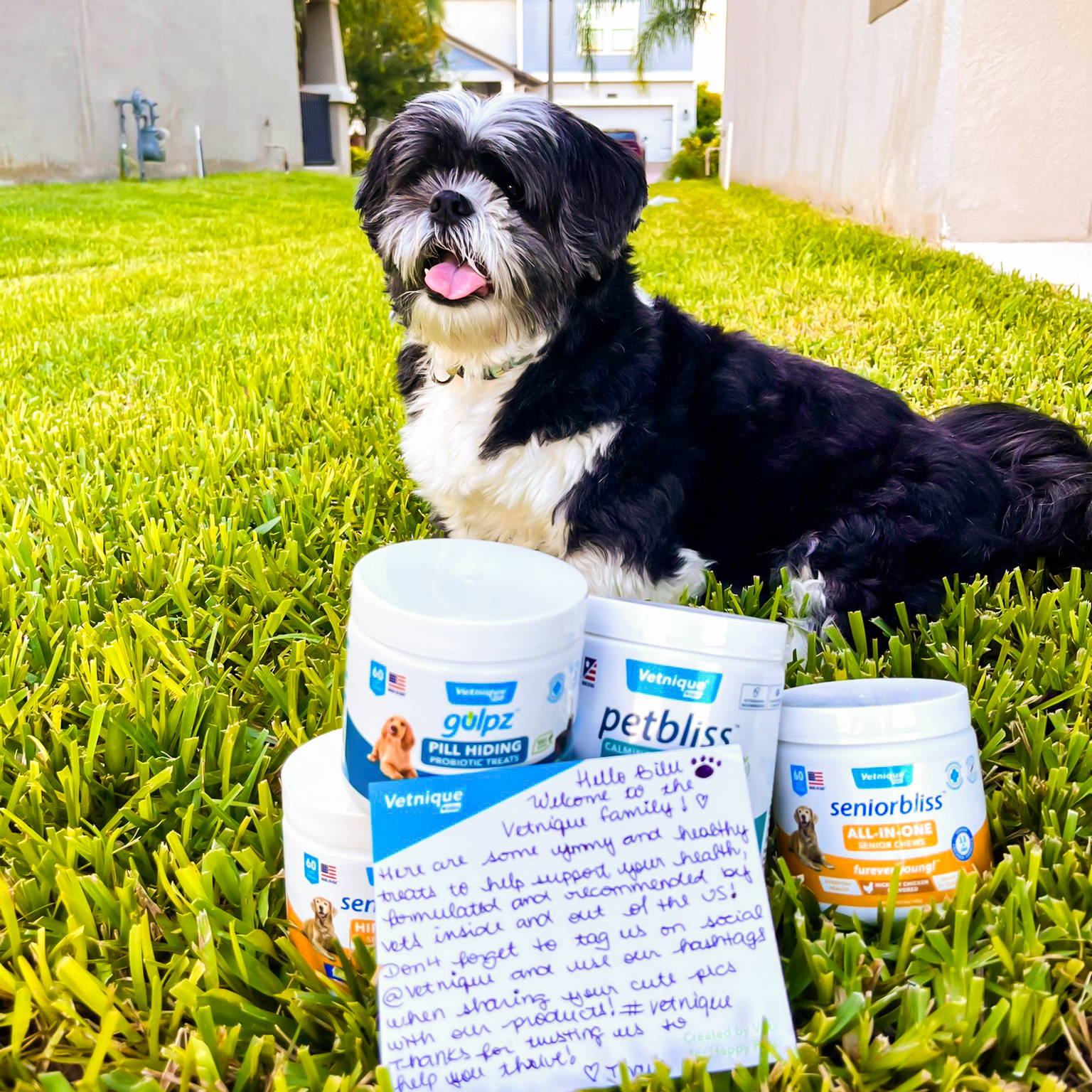Ear Infection Alert: Is Your Dog One of These At-Risk Breeds?
Jump to Section
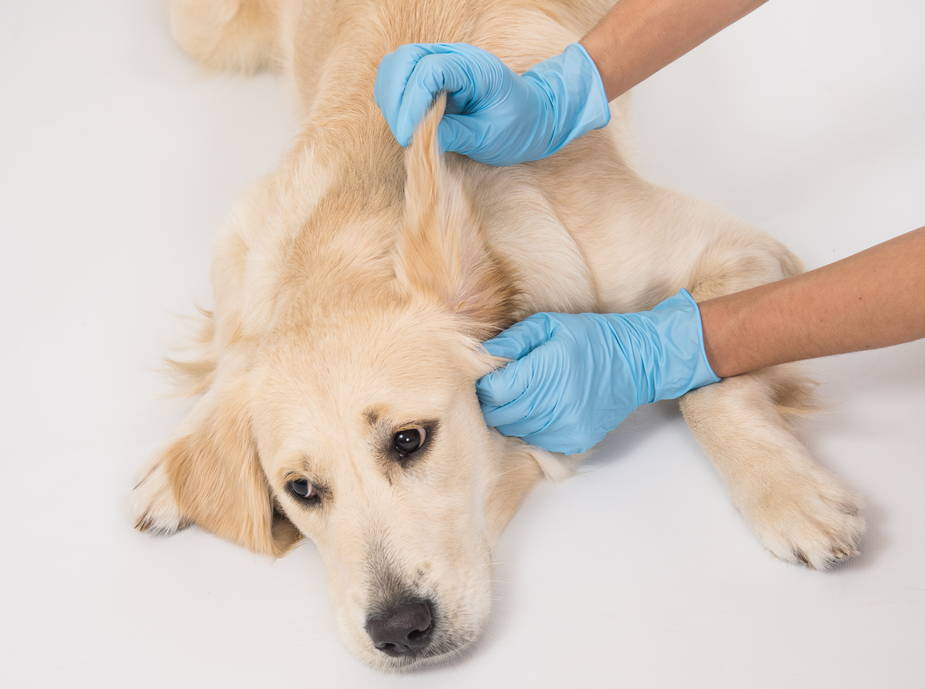
Are you a proud dog owner? Does your furry friend often shake their head or scratch at their ears? It could be a sign of an ear infection. Ear infections are common in dogs, but did you know that certain breeds are more prone to them than others? In this blog post, we'll explore which dog breeds are most susceptible to ear infections and what steps you can take to prevent them. So grab some ear drops and let's dive in!
What are ear infections?
- Redness inside the ear flap (pinnae) or ear canal
- Blood or scabbing on the ear flap
- An unusual smell coming from inside the ear
- Swelling around the ear flap or ear canal
- Excessively scratching their ear
- Holding one ear lower than the other
- Discharge from inside the ear canal
- Rubbing the ear on surfaces (e.g., the couch or carpet)

Which dog breeds are prone to ear infections?
Unfortunately, ear infections are relatively common among dogs, causing discomfort and, if left untreated, hearing loss. Certain dog breeds may be more susceptible to ear infections than others due to their unique physical characteristics.
Dogs with long, pendulous (i.e., floppy) ears are often more prone to ear infections than other breeds. This is because their long ear flaps trap moisture and debris inside the ear canal, which creates the perfect environment for bacteria and yeast to grow.
Some breeds are genetically predisposed to ear infections, simply based on their anatomy or genetic predisposition to developing seasonal allergies. If you have one of these breeds, it's important to take special care of their ears:
Golden Retriever
Shih-Tzu
Bloodhound
Basset Hound
Coonhound
English Bulldogs
Cocker Spaniel
Does short or long fur make matters worse?
There are a number of factors that can increase the risk of ear infections in dogs, and one of them is having long fur around the ear flap.
This type of fur can create a warm, moist environment that’s ideal for the growth of bacteria and fungi. Long fur can also make it more difficult to keep the area clean and free of debris and allergens that can cause ear infections. In certain breeds, hair can accumulate within the ear canal and block the opening of the ear canal. In this case, hair might need to be manually removed by a veterinarian or groomer.
If your dog has long fur around their ear flaps, be sure to check the area regularly for any signs of infection–like redness, swelling, or discharge–and always consult your veterinarian if you have any concerns.
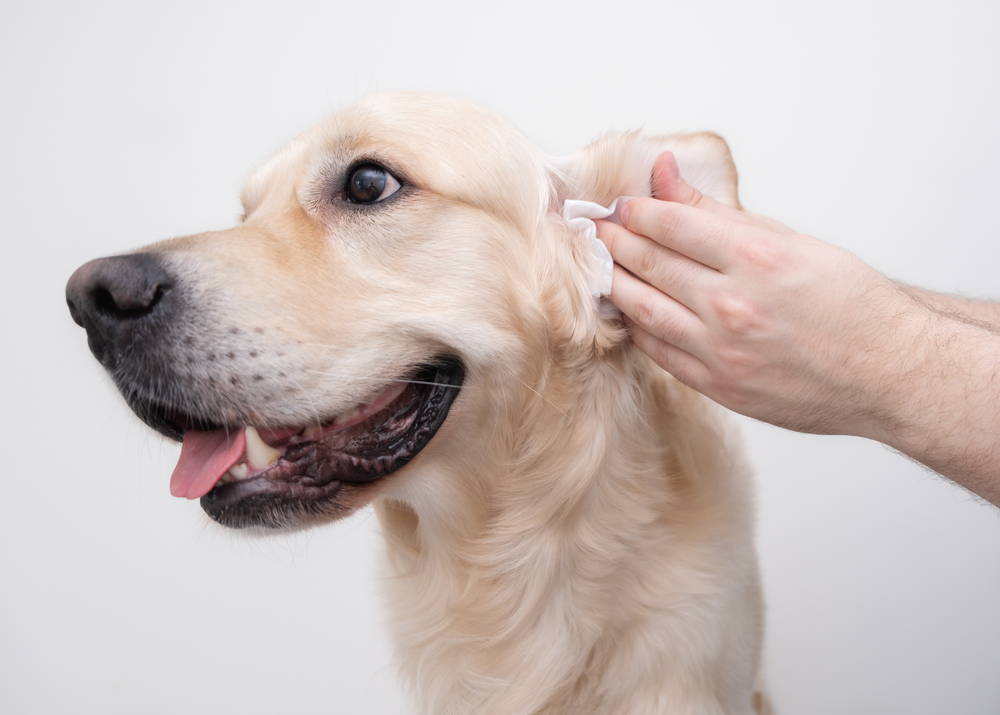
How to keep your dog's ears clean and dry
Dogs will be dogs. There’s no way to prevent them from playing outside or from getting wet during swim or bath time! That means it’s up to you to take precautions against ear infections, but don’t worry––it’s easy with the right routines and supplies! Here are some tips on how to keep your dog’s ears clean, dry, and healthy:
Inspect your dog's ears regularly
Check for any redness, swelling, discharge, or unusual smells that are sickeningly sweet or musty. Your dog may also scratch the ears with their back paws and shake their head uncontrollably if an infection is present inside the ear. If you notice any of these signs, take your dog to the vet for an evaluation.
Keep your dog’s ears clean and dry
After bathing your dog, use a cotton ball or Q-tip to wipe away any dirt or water that may have accumulated in their ears. You can also clean, dry, and deodorize ears after bath time with special-formulated drying ear wipes for dogs and cats. For an extra layer of protection, you can also purchase dog ear covers for bath time!
Use an ear flush for a thorough clean
An ear flush can be useful for drawing out hard-to-reach (and hard-to-see) debris from inside the ear canal. They’ll usually include antiseptic and antibacterial ingredients to provide an even deeper clean and discourage microbial overgrowth.
Start by squeezing the ear flush into the ear canal and gently, but firmly massage the base of the ear before wiping out the excess solution with a small towel or ear-cleaning wipe.
Avoid irritating their ears
This might seem obvious, but remember that some dogs are more sensitive than others when it comes to their ears! Avoid using harsh chemicals or cleansers and be careful not to get water in your dog’s ears when bathing them. If you notice your dog scratching at their ears, shaking their head excessively, or notice that their ears are red and inflamed, these could be signs that they're experiencing discomfort in the ear.
Keep their nails trimmed
Overgrown nails can make it difficult for your dog to clean their own ears properly–and can make bleeding more likely if your dog scratches themselves–which can lead to infection. Be sure to keep their nails trimmed regularly. Your veterinarian or groomer can help if your pet isn’t comfortable having this done at home!
Nails should be trimmed about 2mm past the quick (the pink part inside each nail) or just long enough to be visible while your dog is standing.
Use ear drops for active irritation
While ear flushes are great for removing debris, dog ear drops stay inside the ear canal and contain ingredients with antimicrobial and anti-inflammatory properties. Ear drops with active ingredients have a more viscous texture that helps them coat and stay inside the ear canal. They often include medicated ingredients like hydrocortisone that can help target inflammation within the ear canal.
As a pet parent, it's essential to keep an eye out for your furry friend's health. Unfortunately, ear infections are relatively common among dogs causing discomfort and, if left untreated, leading to hearing loss. With the right tips, supplies, and lifestyle habits–and by keeping an open line of communication with your veterinarian–you can make ear infections less likely. That means happy ears, happy pup!
Join the Pack!

Sign up for exclusive deals, curated pet tips from veterinarians, and product launches!
Pet Parents are Also Reading...
August, 2022
Related Articles
